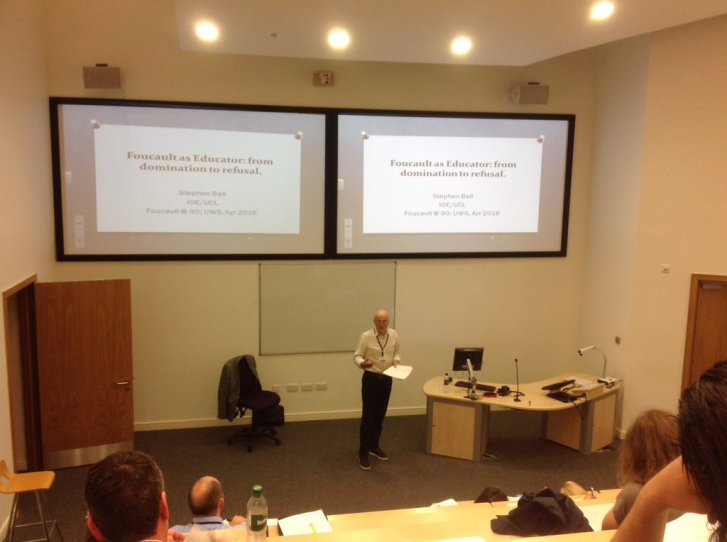Readings from: B (PP215-225): The Action-Theory of the Early Middle Period (from Volume 2 of Theory of Communicative Action, Habermas, 1987)
As indicated in the previous post on this topic, Parsons was unable to explain the connection between action orientations and action systems (according to Habermas), as he focused on the solitary actor in his analysis. In his early middle period, Parsons made a decisive shift as, instead of attempting to conceptualize how action systems get constructed out of action units, he now begins his analysis with the action systems themselves, these action systems being culture, society and personality. As Habermas puts it (p215), Parsons
now attempted to conceive of the action orientation itself as a product of the combined operations of culture, society and personality. He analyzes action orientations a tergo, as it were, from the point of view of what those three components contribute to the occurrence of a concrete action. This places the actor in the perspective of an agent who is both motivated by needs and controlled by values. The personality system plays a part in orienting action through motivational orientations; the social system makes itself felt in normative orientations.
It is the cultural component, however, that seems to play the most significant role in shaping action orientations, with cultural patterns taking the place of the unit act as the elementary units to be considered (p215). It appears that these cultural patterns have a double role: First, as the content of the action systems, society and personality;
From now on, Parsons begins his construction with the concept of culture and explains the action systems of society and personality as the institutional embodiment and motivational anchoring of cultural patterns.
Secondly, via the two action systems, as the determinant of action orientations. As Parsons himself states (in Habermas, pp215-216),
social systems are systems of motivated action organized about the relations of actors to each other: Personalities are systems of motivated action organized about the living organism.
It should be noted that it is the value patterns of this cultural system, the ‘raw materials’ as Habermas calls them (p215), that function as the regulators of action orientations. It is through these value patterns that the idea of a cultural determination of action orientations is
supposed to solve the problem of coordination with which the first version of the theory of action struggled in vain. Value standards are no longer ascribed to individual actors as subjective properties; instead cultural value patterns are introduced as intersubjective from the start (p217).
It would seem, at this stage, that Parsons is heading in the same direction as Habermas, in the sense that intersubjectively shared values are always already there. This is not the case however. Habermas sets the stage in the following statement for his critique of Parsons’ analysis (p217):
Of course, at first they (cultural value patterns) count only as elements of cultural traditions; they are not normatively binding to start with. Thus, if we want to identify the conditions for normatively regulated and motivationally anchored interactions, it will not do to connect the elements of action orientations directly to elements of the cultural system.
Identifying the conditions for normatively regulated and motivationally anchored interactions is precisely what both Parsons and Habermas are looking for in their attempts to understand action orientations. As regards Parsons, he attempts in this early middle period to identify these conditions by introducing his ‘patterns variables of value orientation,’ an introduction which Habermas states (p222) is Parsons’ second important decision for theory construction. There are five of these pattern variables of value orientation:
- self versus collectivity orientation;
- affectivity versus affective neutrality;
- universalism versus particularism;
- achievement versus ascription;
- specificity versus diffuseness
(these are explained, along with the five problems that generated them, in the notes, pages 422-423.)
By introducing these pattern variables, Parsons is attempting to conceptualize how an action orientation is constructed from the joint operations of the three action systems, culture, society and personality. This is the reverse image of Parsons’ earlier period in which he attempted to understand how action systems get constructed out of action units. Nevertheless, it is clear that Parsons is still thinking in terms of singular action orientations: this is the residue that is left over from his early period, a residue which, in the eyes of Habermas, plagues Parsons’ attempts to construct a theory of society right from the very start.










